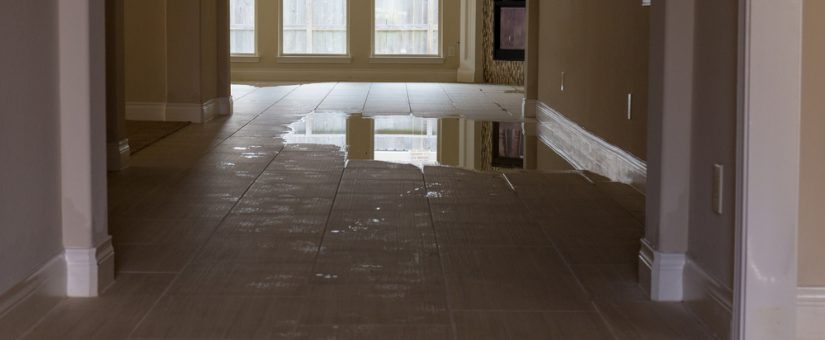Mastering the Six Most Common Water Leaks: Tips for Homeowners
Mastering the Six Most Common Water Leaks: Tips for Homeowners
Blog Article
What are your thoughts concerning Most Common Causes of Leaky Pipes?

Leaks not just trigger waste of water but can additionally trigger unnecessary damages to your house and advertise unwanted organic growth. By recognizing as well as looking for daily situations that create leakages, you can safeguard your home from future leakages and unneeded damage.
Instantaneous temperature level adjustments.
Extreme temperature adjustments in our pipes can trigger them to expand as well as contract suddenly. This expansion as well as tightening may trigger splits in the pipes, specifically if the temperature are below cold.
Rusty water systems
This might be the cause of discoloration or bending on your water pipes. If our plumbing system is old, think about replacing the pipes considering that they are at a greater threat of deterioration than the newer designs.
Faulty Pipe Joints
Pipe joints can weaken over time, resulting in water leaks. If you have noisy pipelines that make ticking or banging sounds, specifically when the warm water is turned on, your pipe joints are probably under a lot of stress.
Elbowing in origins
A lot of water leaks begin outside the residence instead than inside it. You might see damp patches or sinkholes in your backyard, as well as that might mean that tree roots are invading water lines creating water to leak out.
Poor Water Connectors
Sometimes, a leak can be brought on by loosened tubes as well as pipelines that provide your devices. Most of the time, shifting is what creates the loosened water Links. You might discover in the case of a cleaning device, a tube may spring a leak as a result of trembling throughout the spin cycle. In case of a water connections leakage, you may see water running directly from the supply line or puddles around your home appliances.
Obstructed Drains
Blocked drains pipes might be aggravating and inconveniencing, yet they can sometimes end up triggering an overflow leading to rupture pipelines. Keep eliminating any kind of products that might drop your drains that might block them to stay clear of such hassles.
All the above are sources of leakages but not all water leakages result from plumbing leaks; some leaks may originate from roof leaks. All leakages should be repaired quickly to avoid water damage.
Leaks not just create waste of water yet can additionally create unnecessary damage to your house as well as advertise undesirable natural growth. By looking and also understanding for everyday situations that trigger leaks, you can secure your home from future leaks and unnecessary damage. Today, we will look at six leak triggers that might be creating your pipelines to trickle.
At times, a leakage can be created by loosened tubes and also pipes that supply your appliances. In case of a water connections leak, you may notice water running directly from the supply line or puddles around your devices.
How To Check For Water Leak In Your Home
How To Check for Leaks
The average household's leaks can account for nearly 10,000 gallons of water wasted every year and ten percent of homes have leaks that waste 90 gallons or more per day. Common types of leaks found in the home are worn toilet flappers, dripping faucets, and other leaking valves. These types of leaks are often easy to fix, requiring only a few tools and hardware that can pay for themselves in water savings. Fixing easily corrected household water leaks can save homeowners about 10 percent on their water bills.
To check for leaks in your home, you first need to determine whether you're wasting water and then identify the source of the leak. Here are some tips for finding leaks:
Take a look at your water usage during a colder month, such as January or February. If a family of four exceeds 12,000 gallons per month, there are serious leaks.
Check your water meter before and after a two-hour period when no water is being used. If the meter changes at all, you probably have a leak.
Identify toilet leaks by placing a drop of food coloring in the toilet tank. If any color shows up in the bowl after 10 minutes, you have a leak. (Be sure to flush immediately after the experiment to avoid staining the tank.)
Examine faucet gaskets and pipe fittings for any water on the outside of the pipe to check for surface leaks.
Undetected water leaks can happen without the home or business owner even realizing. If you suspect a water leak, but not able to find the source. It is time to contact a professional water leak detection service, The Leak Doctor.
How To Find a Water Leak In Your Home
https://www.leakdoctor.com/blog/How-To-Check-For-Water-Leak-In-Your-Home_AE197.html

Do you like more info about How to Find Water Leaks? Post a comment below. We will be interested to find out your thoughts about this blog post. In hopes to see you back again in the future. Do you know another individual who is in the market for the topic? Why not promote it. Thank you so much for going through it.
Call Today Report this page